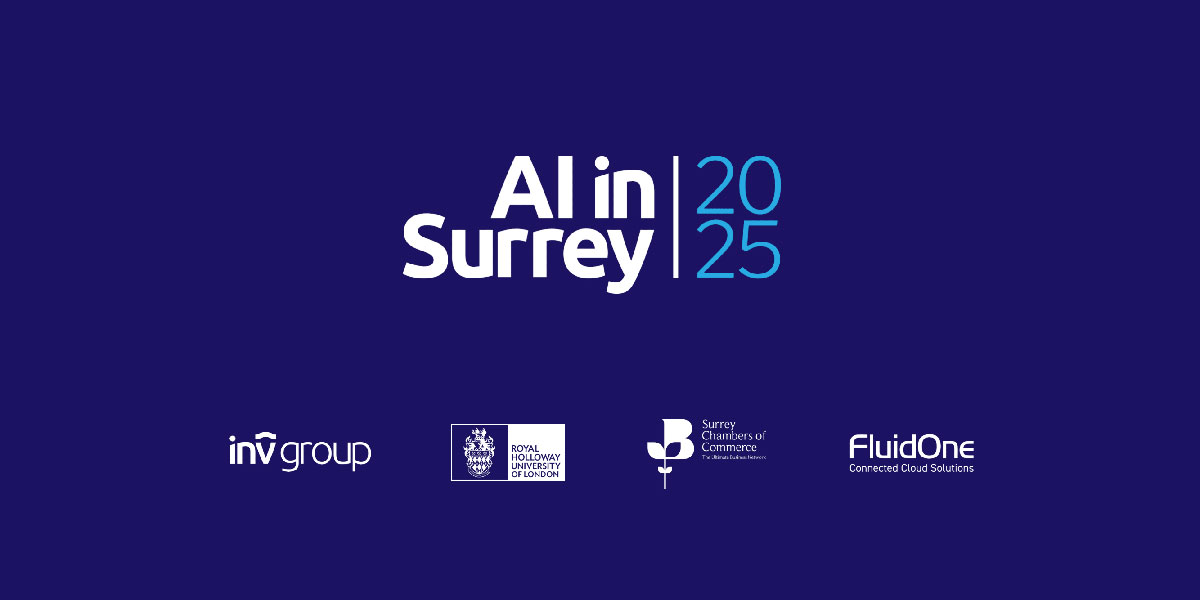Written by Alan Brown, 29 October 2023
In the past few weeks, I have been in three different discussions where I’ve been advised that the company doesn’t want to hear any more about digital transformation. It’s had its day. Old hat. Passé.
I find that odd. In a world undergoing massive change, and desperately trying to figure out the ways that digital technologies such as AI are reshaping business and society, how can it be out of fashion to discuss digital transformation? Is this just a general malaise, or are there specific reasons for this sentiment? Is there a different way we should be supporting digital adoption? I think it needs some thought.
Digital in Distress
One possible cause for waning interest in digital transformation may simply be fatigue. Digital technologies are seen by some people to have taken over their lives. And not always for the better.
At home, we’re now surrounded by digital gadgets and gizmos. Undoubtedly, for many people the past few years of digitally-driven churn have taken their toll. Of course, the pressure to become familiar with digital devices at home was massively increased during the Covid pandemic. Cut off from human contact and interactions, many digital ways of connecting were rushed into place. While this had many positive effects, for some it also has led to a “digital burnout” as people adjusted to using digital approaches to replace their well-known manual behaviours.
This wasn’t always easy. Surveys indicate that a third of people describe themselves as overwhelmed by digital technology. With increasing numbers of digital devices and subscriptions to manage, people are more stressed than ever by their need to make sense of the confusing array of rapidly evolving equipment and its associated techno-babble. Mention of digital transformation and it brings to mind images of lonely days away from family and friends while shouting “Have you got your mic switched on?” to a computer screen as their 80-year-old Auntie struggles to connect online.
In the workplace, similar stresses have emerged. Not only has the rush to deploy more digital capabilities increased the time spent figuring out how to carry out routine tasks using the new tools and processes, there are also increasing tensions between those embracing digital change and others resistant to its use. In many areas, these tensions are rising as gaps among employees emerge in their attitude toward digital ways of working. Whether it is failure to grasp the intricacies of the latest cloud-based services or not participating in everyday Slack channel banter, a form of “digital shaming” is too often prevalent in the workspace.
Such divisions go beyond the distinctions of so-called “born digital” versus “born analogue” employees. Rather, based on their working styles, people are quickly badged as digital advocates or digital naysayers. Up and down the company hierarchy, communities emerge that share understanding and attitudes to digital adoption speaking a different language about how they communicate, manage tasks, and solve problems. Here, by focusing on digital transformation it is seen as highlighting unhelpful divisions in digital workplace attitudes and capabilities.
The AI Factor
Into this mix we must now factor in the impact of AI. Its rapid rise to prominence in the past few years has come as rather a shock to many. It has enormous potential to improve people’s lives and revolutionize business and society for the better. But also brings a wide range of risks, both practical and existential. These add weight to the digital transformation pressures already being felt in many organizations. If some people were concerned about the pace and impact of change over the past few years, they are now terrified by the upcoming effects of AI.
The scepticism about AI among many individuals revolves around the potential loss of jobs. Loudly proclaimed stories of massive job losses and skills displacement have understandably raised fears across many communities still reeling from the impact of the Covid pandemic. Many fear that AI technologies will automate tasks currently performed by humans, resulting in job losses and economic insecurity. This apprehension is valid, particularly in industries heavily reliant on manual labour and routine tasks, like manufacturing and customer service.
Privacy concerns also contribute to a negative perception of AI and the digitization of our lives. With the growing use of AI for data capture and analysis in surveillance, data analysis, and predictive algorithms, individuals worry about the erosion of personal privacy. The fear that AI could be used to monitor and manipulate personal data without consent or oversight fuels their negative perception of digital transformation efforts.
Furthermore, ethical concerns surrounding AI-driven decision-making are widespread. The digital sophistication that such systems contain is beyond most people’s comprehension. JHence, the concerns about biases embedded in AI algorithms, a lack of transparency in AI systems, and the potential for AI to perpetuate or amplify societal inequalities all contribute to a negative view of AI’s impact. The fear is that AI and other digital solutions are so complex that when misused or inadequately regulated they can lead to discrimination and unfair treatment.
Finally, there are concerns about AI’s potential to replace human creativity and empathy in certain domains, such as art, customer service, and healthcare. This raises questions about the dehumanizing aspects of AI and the loss of human touch in various aspects of life.
The Long and Winding Road
In the end, there are no short cuts to adopting digital technologies. AI and other such solutions demand focus and attention on supporting individuals to face up to their fears about digital change. Whether explicitly badged as “digital transformation” or not, the road to success requires that companies work with their employees to overcome these challenges.
This starts with maintaining a positive attitude toward digital transformation in the workplace. In a world where many negative viewpoints about digital technology adoption are being discussed, a focus on addressing their concerns is crucial for its success. Based on my work with many organizations over the past few years, here are four important ways that companies can support their employees in this regard.
Effective Communication and Training
Clear Communication: Companies should communicate the reasons behind digital transformation, its goals, and the expected benefits to employees. Transparency about the process and the potential impact on job roles is essential to reduce uncertainty and resistance.
Comprehensive Training: Offer comprehensive training and resources to help employees acquire the necessary digital skills. This could include workshops, online courses, or access to experts who can provide guidance. When employees feel adequately prepared, they are more likely to embrace change with confidence.
Engage and Involve Employees
Involvement in Decision-Making: Include employees in the decision-making process when planning and implementing digital transformation initiatives. Their insights and ideas can provide valuable perspectives, enhance buy-in, and reduce resistance.
Cross-Functional Teams: Form cross-functional teams that represent different parts of the organization. These teams can work on digital projects, encouraging collaboration and creating a sense of shared ownership.
Recognize and Reward Contributions
Acknowledgment and Rewards: Recognize and reward employees for their contributions to the digital transformation process. Publicly acknowledge their efforts and celebrate successes. This can boost morale and motivation.
Career Development Opportunities: Offer opportunities for career growth and development within the digital transformation context. Employees who see a path for personal and professional growth are more likely to remain engaged and positive.
Create a Learning Culture
Continuous learning: It’s important for companies to create a workplace culture that supports continuous learning and adaptation. This can include helping individuals and teams to manage the risks involved in taking on new roles, where employees are encouraged to embrace change as an opportunity for personal and professional development.
Accept feedback: Companies should also regularly solicit feedback from employees about their experiences with digital transformation and use this feedback to refine and improve the process.
A Digital Future
Is there waning interest in digital transformation? Following rapid adoption of digital tools during the Covid pandemic, and continued adjustments as a result, for some a sense of “digital burnout” and a feeling of being overwhelmed by technology has emerged. The recent focus on AI has also reignited concerns about job displacement, privacy, ethical issues, and the potential loss of human creativity and empathy in various domains. These concerns contribute to a negative perception of AI and digital transformation efforts.
Yet, AI and other digital technology advances will continue to push us even harder to adapt to new ways of living and working. Companies must renew their efforts to support employees in embracing digital transformation to address these concerns. Ultimately, by fostering open communication, involving employees in the transformation process, and recognizing their contributions, companies can create a more positive and supportive environment for digital transformation, which benefits all of us.
Long live digital transformation!






